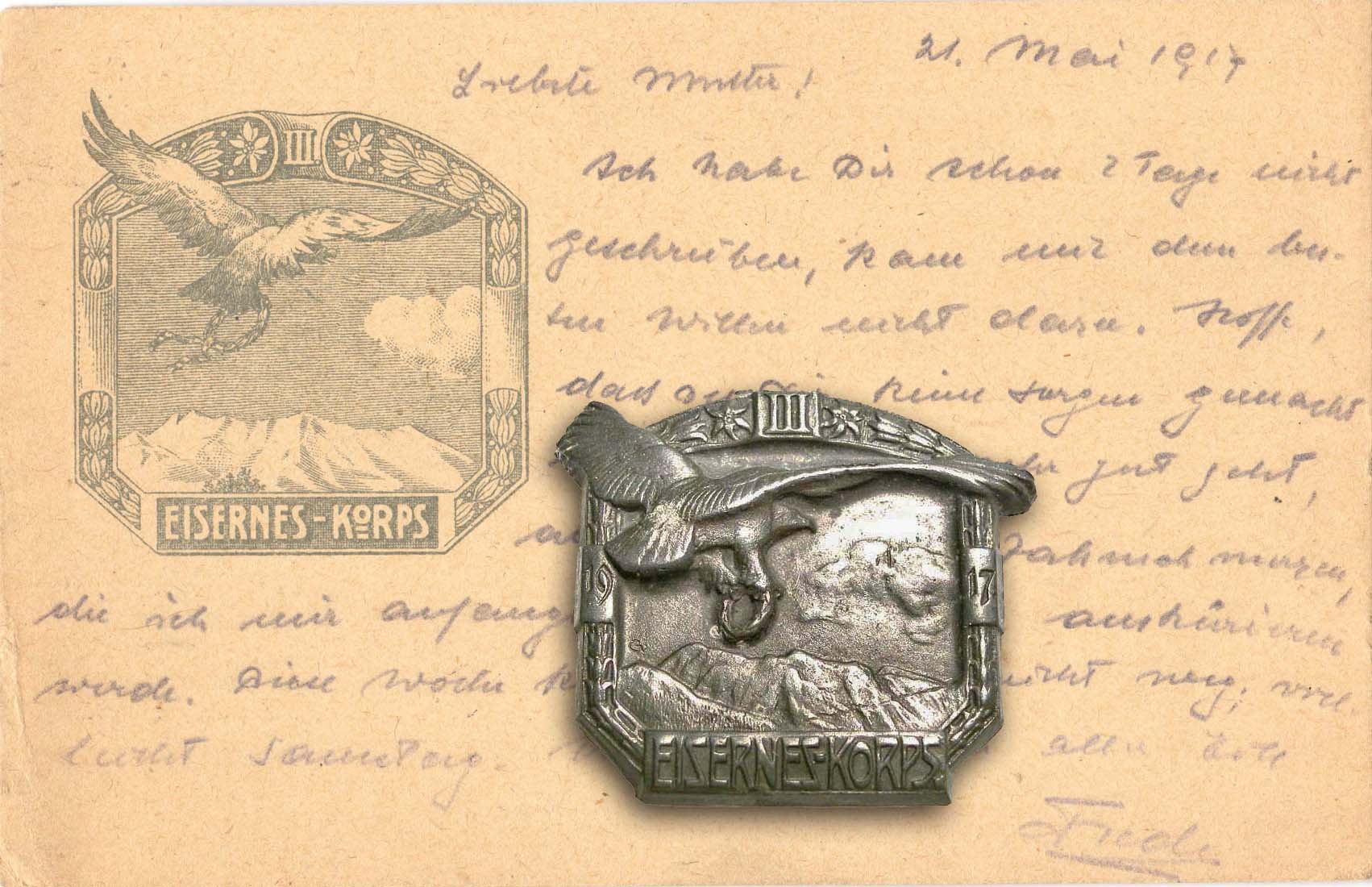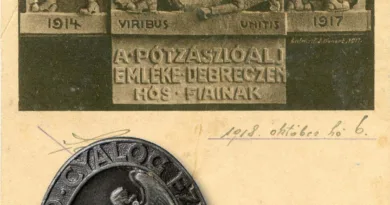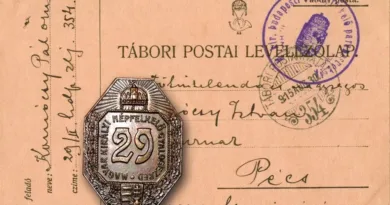KuK III. Corps
The III. corps of the Monarchy was organized in the provinces of Carinthia, Styria and the Seaside. This area is the two sides of today’s Austro-Slovenian border, including today’s entire Slovenia and the Istrian peninsula. As a result, the crew of the units in the area were mostly German (Austrian) but also Slovenian and Croatian. There were also Italians in the population. Several famous infantry regiments were stationed in the area of the corps. Thus, the Austrian 7th (Klagenfurt) and 27th (Graz) regiments, or mostly Slovenian 87th (Cilli / Celje) or 47th (Marburg / Maribor). The corps also included the 9th Styrian Ranger Battalion and the 3rd (Graz) and 26th (Marburg / Maribor) Landwehr Infantry Regiments.
The corps was commanded from the Russian front in the fall of 1915 to the Italian front. Here he was first employed in the 5th (Isonzo) Army and then in the 11th Army. The corps took part in all the Isonzo battles from the 3rd. Of course, the name is a bit misleading, as the 11th Army was used to defend Tyrol, but the great Italian attacks are commonly called the Battles of Isonzo. A major success of the corps was the offensive launched in the spring of 1916 on the Seven Municipilities Plateau. Then, along with reinforcements commanded to the corps, the attacking edge managed to break through the defensive line of the Italian forts. The collapse of the front was prevented by two factors. On one hand due to the difficult terrain was the attacking troops moved rather slowly. The other reason was a major Russian attack that was launched earlier than planned to relieve the Italian front. Due to the success of the Brusilov offensive, the Monarchy stopped its attack in Tyrol.

The beautiful badge of the corps depicts an eagle flying over a mountain landscape, holding a laurel wreath depicting glory and success in its claws. The field postcard was decorated with the same motif.





[…] Grácban volt. A hadtest szerepléséről egy korábbi bejegyzésben írtam már itt. A Hadtestparancsnokság épülete a Glacisstrasse 39-41 szám alatt volt és 1843-5 között […]
[…] headquarters was in Graz. I have already written about the corps’ role in a previous post here. The Corps Headquarters building was located at Glacisstrasse 39-41 and was built between 1843-5 in […]